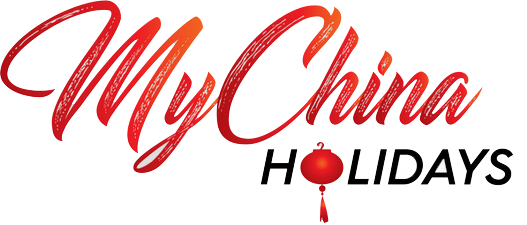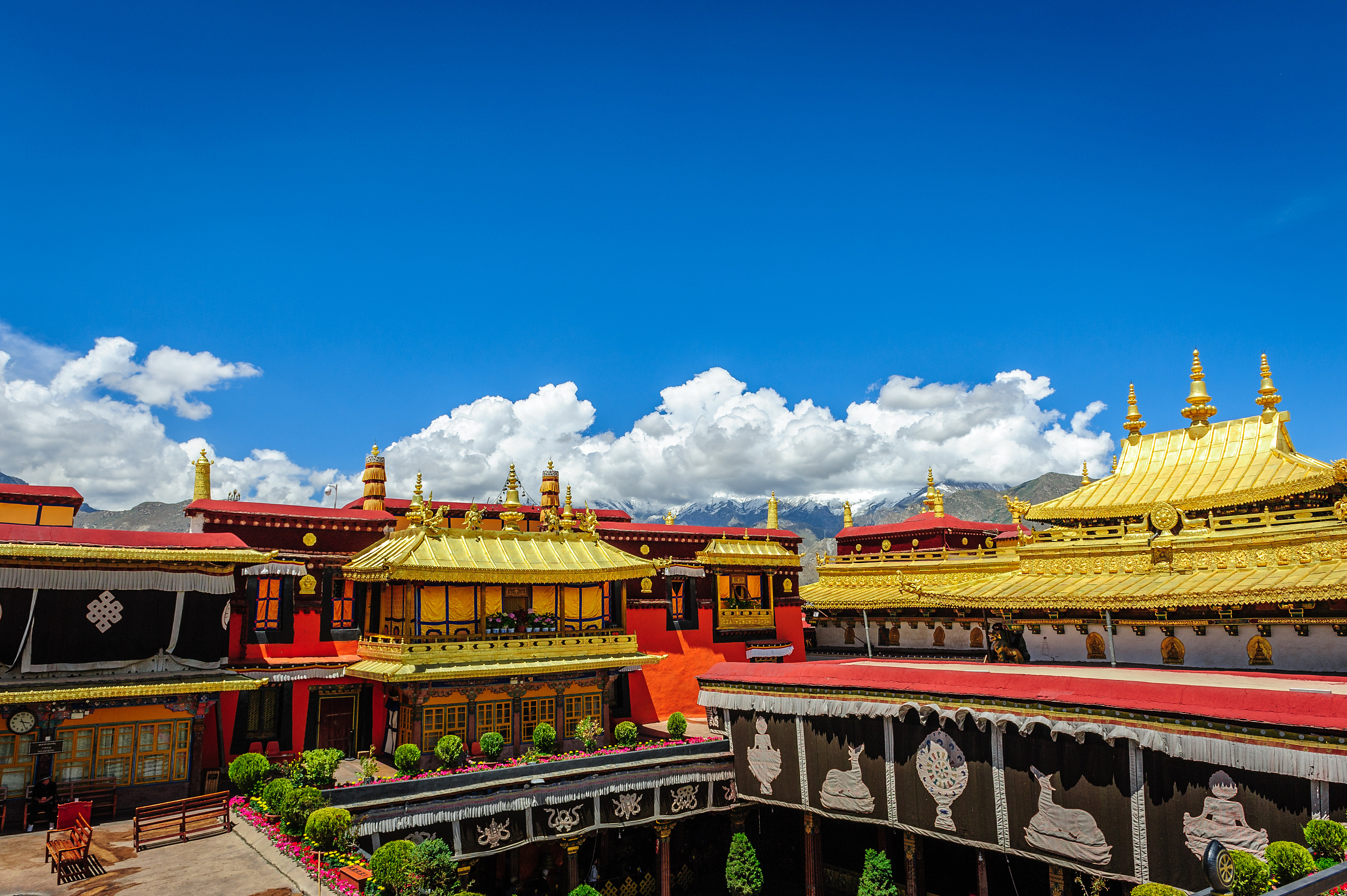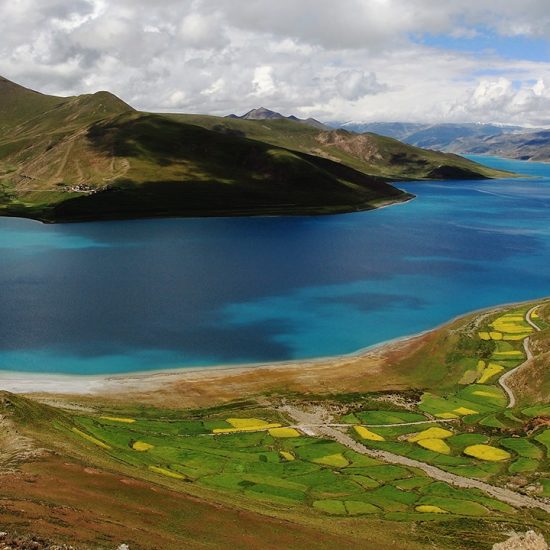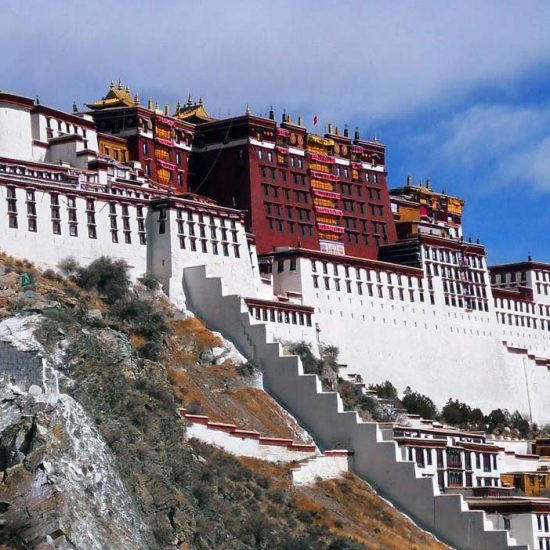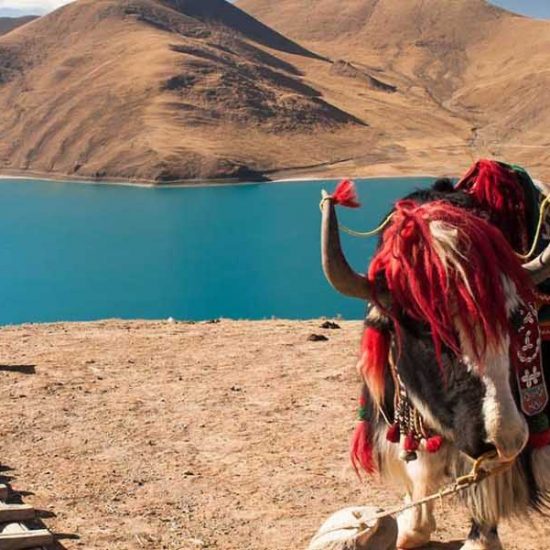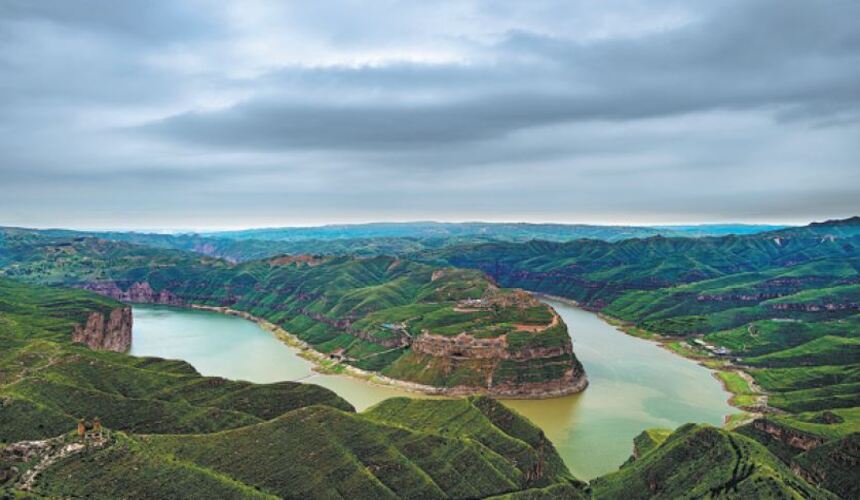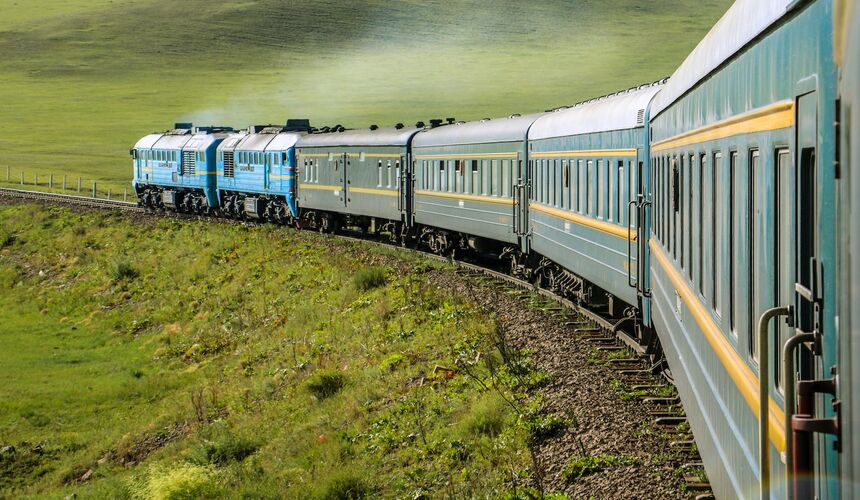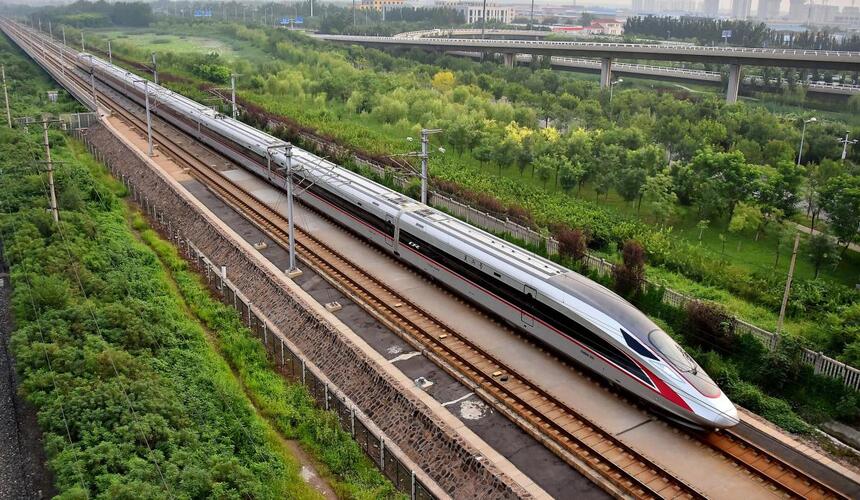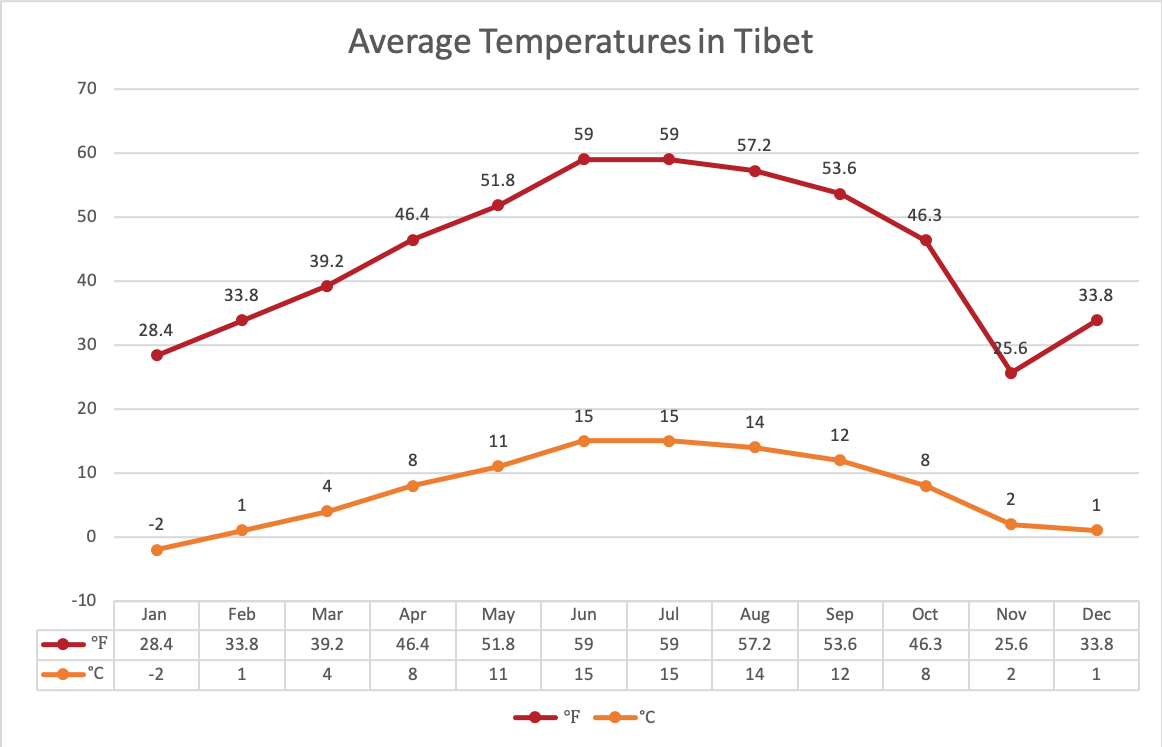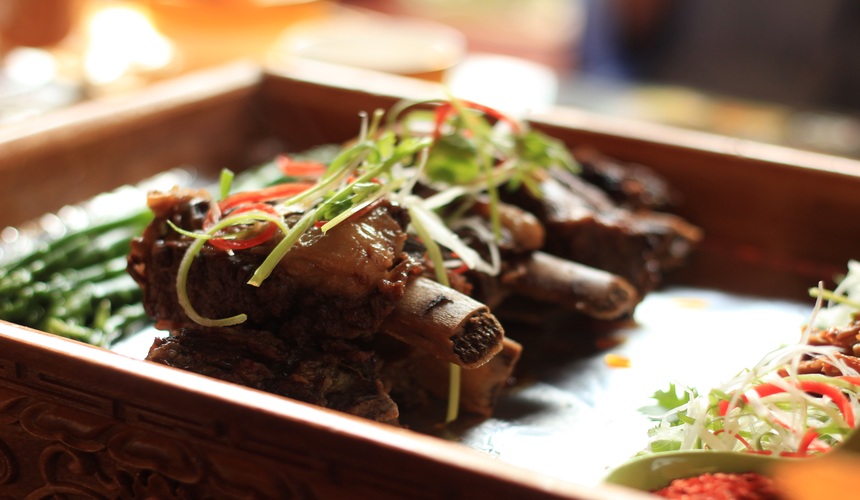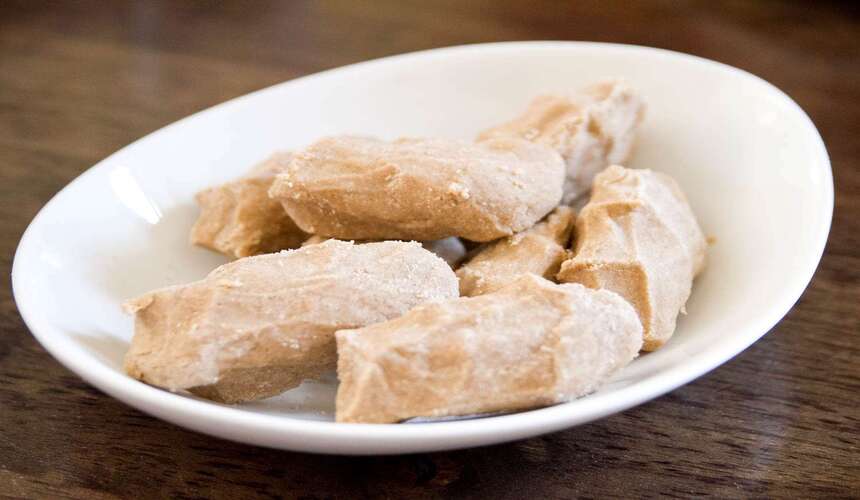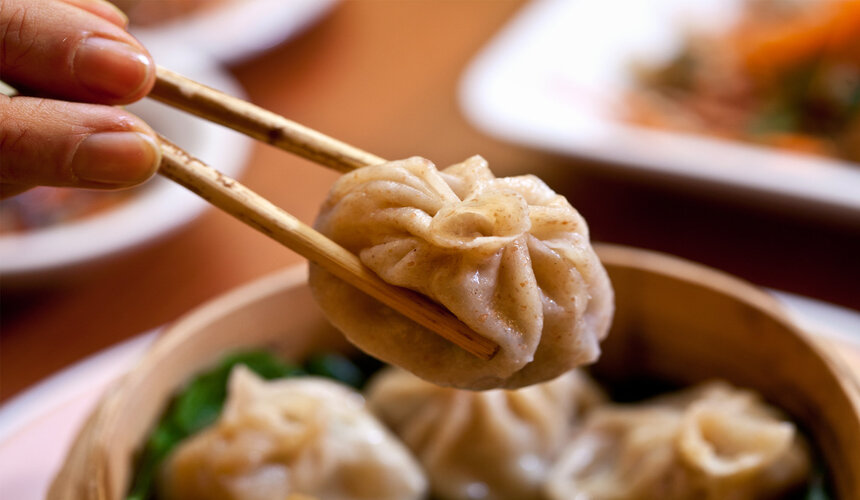The sacred homeland of China
Discover the secluded place on earth dating back to 127 B.C.E, Tibet. For centuries, this is the home to ancient Buddhist temples and monasteries and to the leader, Dalai Lama. The rich cultural festivals are celebrated every month in Tibet by making the Tibetans the happiest, most loving people in the world. The incredible Potala Palace, Jokhang Temple, Drepung Monastery, and Mt. Everest, the highest peak on earth are must-visits for tourists. Considering the unique climate, spring and autumn are the best seasons to enjoy. Let this large region’s turquoise lakes, and vast grasslands, desolate desert and clay forests give some peace to your eyes, as you can never see the same, anywhere on this planet.
The best time to travel to Tibet is from May to October when the skies are mostly clear, temperatures are in double digits, and the ice has melted. Tibet is situated on a high altitude plateau, with much of the country experiencing permafrost throughout the year. However, most areas can be visited between April and November. Despite the altitude, it is surprisingly warm during these months, with temperatures reaching up to 23°C in June. Between December and March, Tibet experiences extremely cold and snowy weather. While this can be picturesque, it may also prevent flights from entering the region.
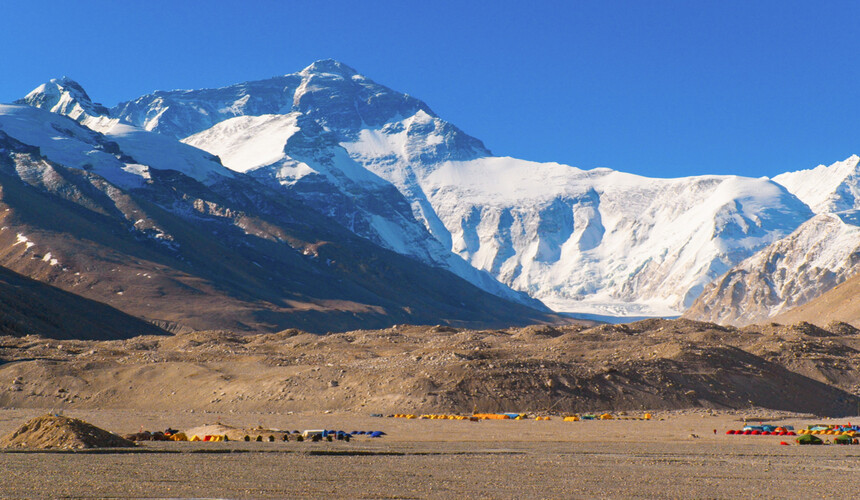
Everest Base Camp
In contrast to the Nepalese counterpart, the Tibetan Everest Base Camp can be visited in just a few days. From Shigatse, the nearest town on the Friendship Highway between Tibet and Nepal, you can already see the snow-capped Himalayas peeking over the skyline. Upon ascending the gravel track to the camp, you will encounter a Chinese military checkpoint. Only a summit permit will grant you access beyond this point. The checkpoint is marked by a weather-beaten chorten, a sacred pile of stones, and adorned with vibrant prayer flags that flicker in the wind. This area constitutes the accessible part of the camp. From here, you can enjoy an uninterrupted view of Mount Everest, which towers majestically above.
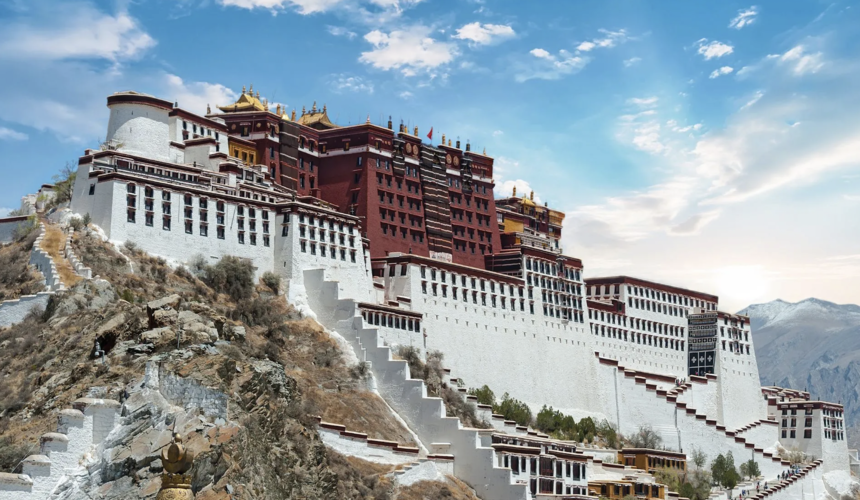
Potala Palace
The Potala Palace, which was once the seat of the Tibetan government and the winter residence of the Dalai Lamas, is Lhasa's most prominent landmark. Its towering, fortress-like walls are an unforgettable sight. The palace is an architectural marvel, rising 13 storeys from 130m-high Red Hill and boasting over 1000 rooms. Pilgrims and tourists alike walk through the three floors, passing by dozens of magnificent chapels, golden stupas, and prayer halls with open mouths.
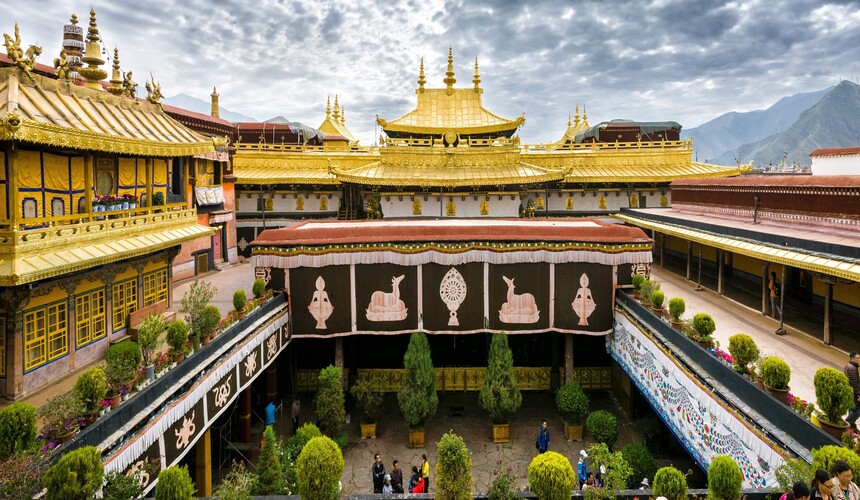
Jokhang Temple
The Jokhang Temple, which is 1300 years old, is the spiritual centre of Tibet. The continuous waves of awestruck pilgrims prostrating themselves outside are a testament to its timeless allure. The central golden Buddha image here is the most revered in all of Tibet. The Jokhang was originally built to house an image of Buddha brought to Tibet by King Songtsen Gampo's Nepalese wife. It is best to visit the two-storeyed Jokhang in the morning, although the crowds of yak-butter-spooning pilgrims can be thick. Access is possible in the afternoon through a side entrance, but only the ground-floor chapels are open to visitors. There are no pilgrims allowed.
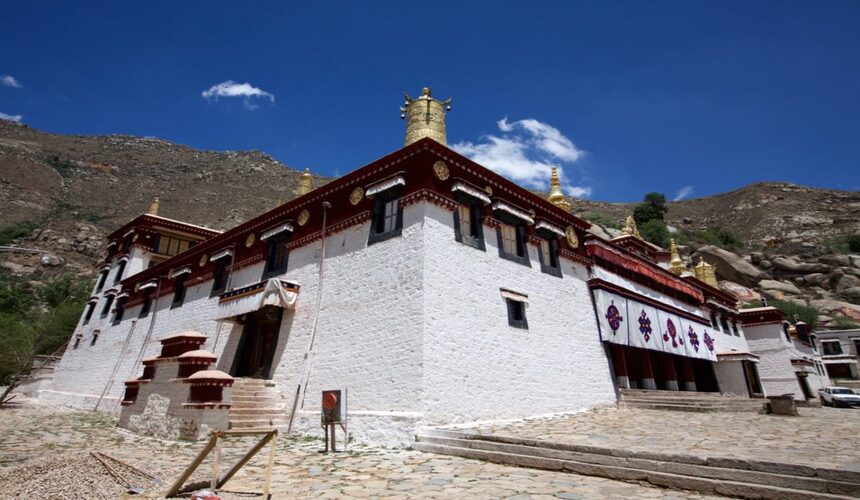
Sera Monastery
Sera, one of Lhasa's two great Gelugpa monasteries, was founded in 1419 by a disciple of Tsongkhapa. Currently, around 600 monks reside there, which is a significant decrease from the original population of around 5000. The half-dozen main colleges boast spectacular prayer halls and chapels. The monastery offers a monk debating session from 3pm to 5pm in a garden near the assembly hall. Additionally, visitors should not miss the pilgrim circuit around the exterior of the monastery.
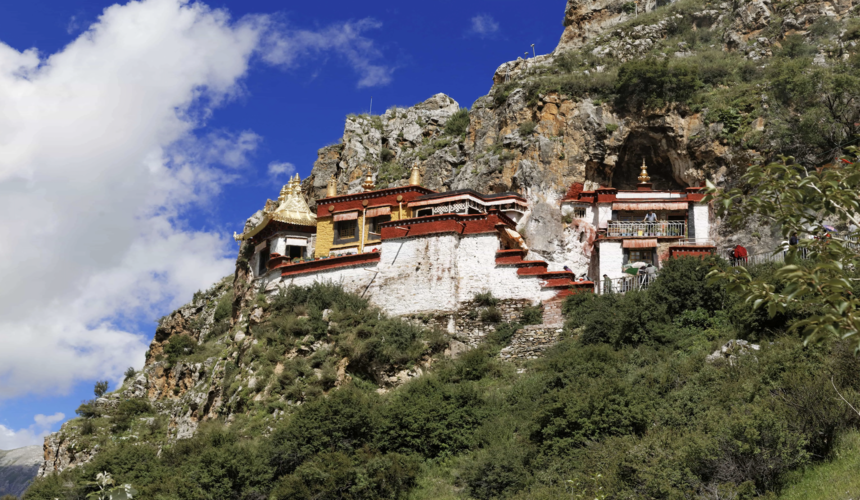
Drak Yerpa
For those interested in Tibetan Buddhism, Drak Yerpa hermitage, located about 30km northeast of Lhasa, is one of the holiest cave retreats in Ü. Guru Rinpoche, Atisha, and King Songtsen Gampo are among the many ascetics who have sojourned here. King Songtsen Gampo himself meditated in a cave after his Tibetan wife established the first retreat. The serene location at an altitude of 4400m provides beautiful vistas and can be conveniently paired with a visit to Ganden Monastery for a full-day excursion.
Tibet is renowned for being the Dalai Lama’s former winter residence and for Jokhang Temple, which houses a revered golden statue of the young Buddha. Additionally, Tibet is celebrated for its rich culture, stunning natural beauty, majestic mountains, and delicious rustic cuisine. The three staple foods of Tibet are butter tea, barley, and yak meat. Barley, the most important crop in Tibet, is extensively used in flour form. One of Tibet’s most famous dishes is Thukpa. However, Tibetan cuisine offers much more than just soupy noodles. There are numerous Tibetan dishes that are equally delicious. Here are some Tibetan dishes that you must try.
Must-try: Tsampa, Tibetan Momo, Balep, Chang, Yak Meat, Tibetan Yoghurt, Butter Tea.
All tourists enter Tibet through Lhasa, which is accessible via the Lhasa Gonggar Airport (LXA) and the Lhasa Railway Station. To reach the airport or train station, you must first fly into mainland China. The Lhasa airport can be accessed from major cities such as Beijing, Shanghai, Guangzhou, and Chengdu, the latter being the closest major city to Tibet. The Lhasa Railway station is closer to Lhasa. However, the train journey from Chengdu is much longer, taking more than a day. Consider riding the Qinghai-Tibet Railway, the highest railway in the world, if you are willing to endure the long transit time. This 20-hour journey starts at Xining and is lauded for its scenic route, passing through snow-capped mountains, untouched valleys, and alpine lakes and rivers.
Q1: What is Tibet Travel Permit?
A1: Tibet Travel Permit is an official travel document issued by Tibet Tourism Bureau. You need to have a Tibet Travel Permit to enter Lhasa or any other parts of the Tibetan Autonomous Region and apply through a travel agency.
Q2: How long does it take to get a Tibet Travel Permit?
A2: Normally, it takes around 5-9 working days to process your Tibet Permit at the Tibet Tourism Bureau. Therefore, we suggest applying for the permit at least 25 days before the visit to Tibet. As for urgent permits, it will take around 4-5 days to process but extra charge is required.
Q3: What documents are requested?
A3: Scanned copy of passport and Chinese Visa. If you work or live in China, you need to provide certificate of working in China for 28 days. During the pandemic, a negative COVID-19 test report with 7 days validity is requested.
Q4: Can I apply for the Tibet Travel Permit without tour package to Tibet?
A4: No, you can not. The only way to enter Tibet is to travel in groups. No individual travelers are allowed to visit Tibet at the moment. All tours must be booked in advance through a Chinese travel agency. Your whole tour in Tibet must be accompanied by a licensed tour guide.
